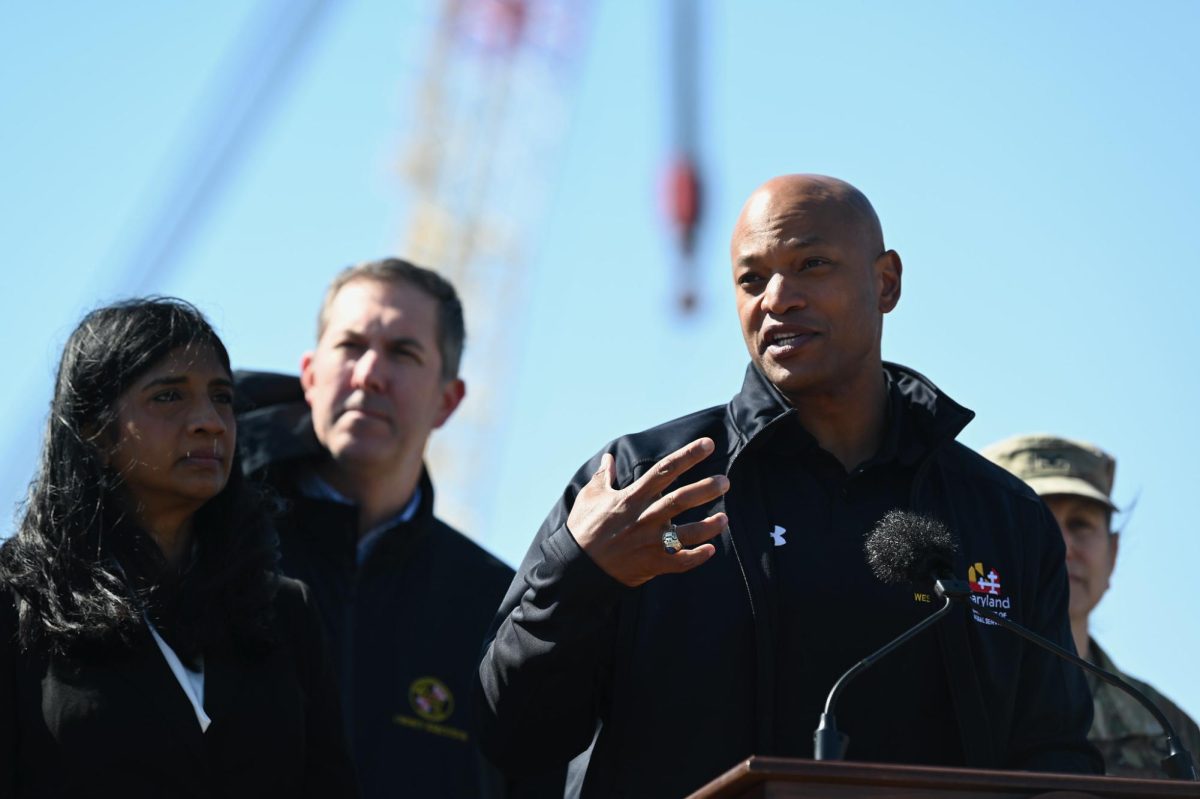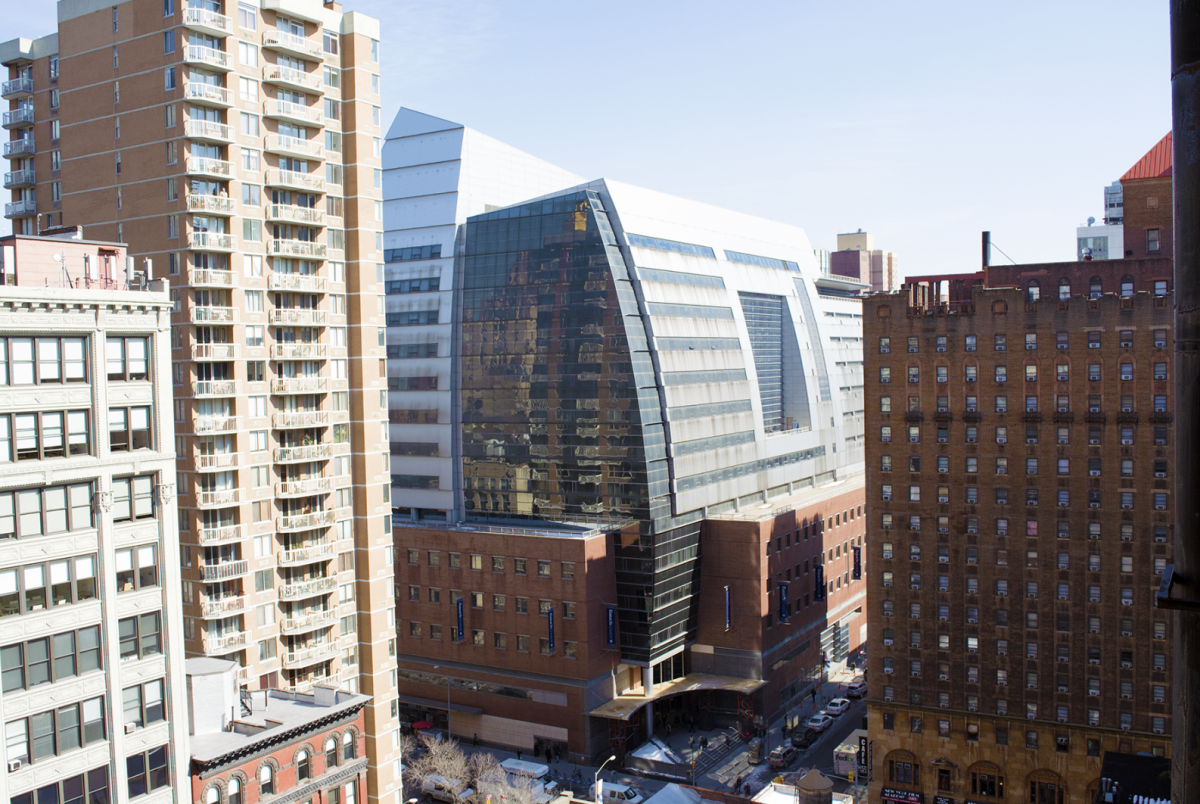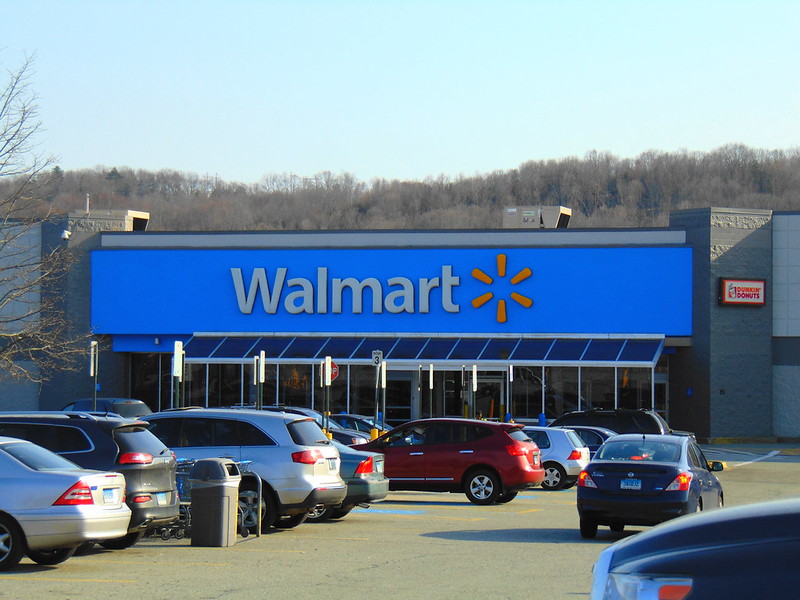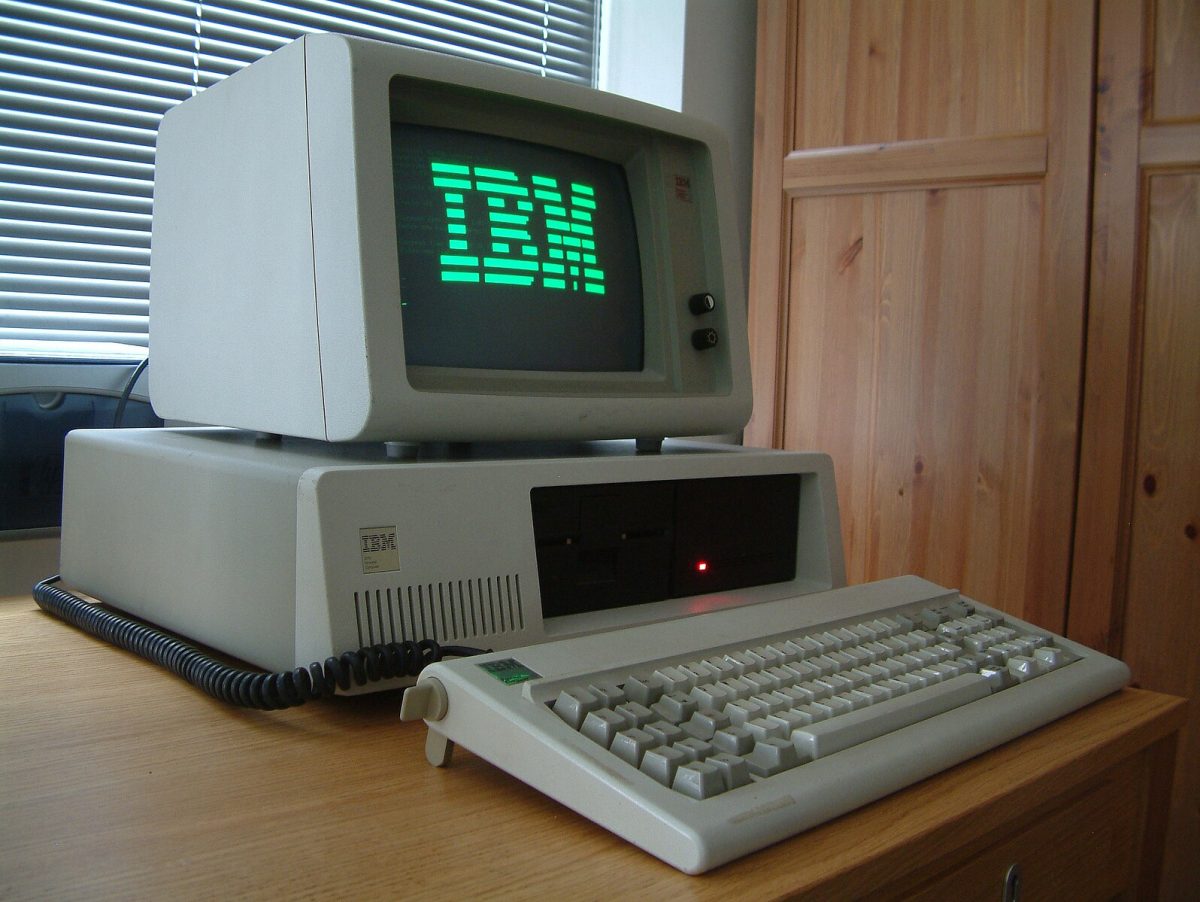The Francis Scott Key Bridge, spanning across the Patapsco River into Baltimore, Maryland, collapsed when a cargo ship lost power and collided with the bridge in the early morning on March 26.
The Port of Baltimore, one of the busiest ports in the United States, was expected to be the cause of a range of supply chain issues as the bridge remains partially submerged and blocks part of the port, affecting the import and export of goods across multiple industries. But in 2023, the port was the top in the nation for one commodity for the 13th consecutive year — cars and car parts.
Vehicles and parts took the largest share of imports and exports last year, $27 billion and $8 billion, respectively. As Detroit’s Big Three automakers and other major U.S. car manufacturers work to find alternative shipping routes through other ports, delays to new cars and auto parts reaching their destination could create new costs.
But alternatives to the Port of Baltimore along the East Coast have given analysts hope for minimal negative effects on the auto industry.
Additionally, in light of the COVID-19 pandemic, supply chain issues, labor disruptions and a chip shortage’s combined effects in recent years, automakers are uniquely poised to handle the hiccup with a surplus of vehicles on the lots and other failsafes to cope with supply chain disturbances.
“If this would have happened more than a year ago, it would have been a really, really serious problem for inventory,” Peter Kitzmiller, president of the Maryland Automobile Dealers Association, said.
Ford Motors Co. and General Motors Co. announced they would reroute the ships the day of the incident.
“We expect the situation to have minimal impact to our operations,” GM said in a statement. “We are working to re-route any vehicle shipments to other ports.”
Cox Automotive Inc., an auto market research firm, said it expected the closure to have no material effect on the industry, according to The New York Times.
But while many near-term concerns have begun to be alleviated, long-term prospects on automakers’ costs and new vehicle pricing hinge on several factors, including the length of time the port will be unavailable, current stock of cars and the capacity of alternative shipping ports.
Currently, uncertainty surrounds estimates on how long the port will remain closed. The U.S. Coast Guard opened an alternate channel for ships assisting in the cleanup effort to pass through on April 1, but with hundreds of tons of debris still to be cleared, some estimates have put the full reopening of the port at least several months from now.








